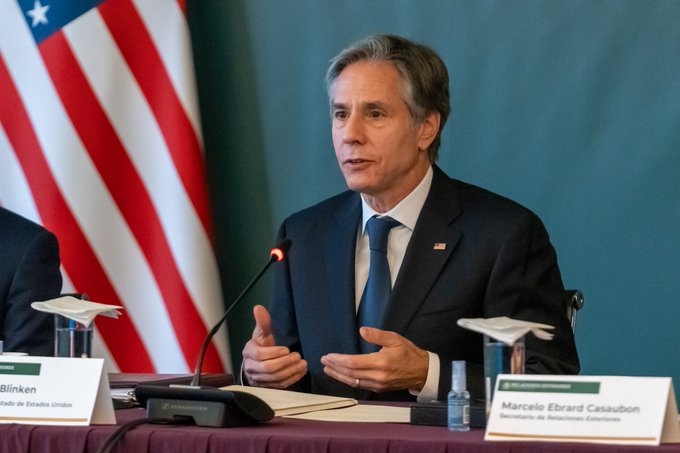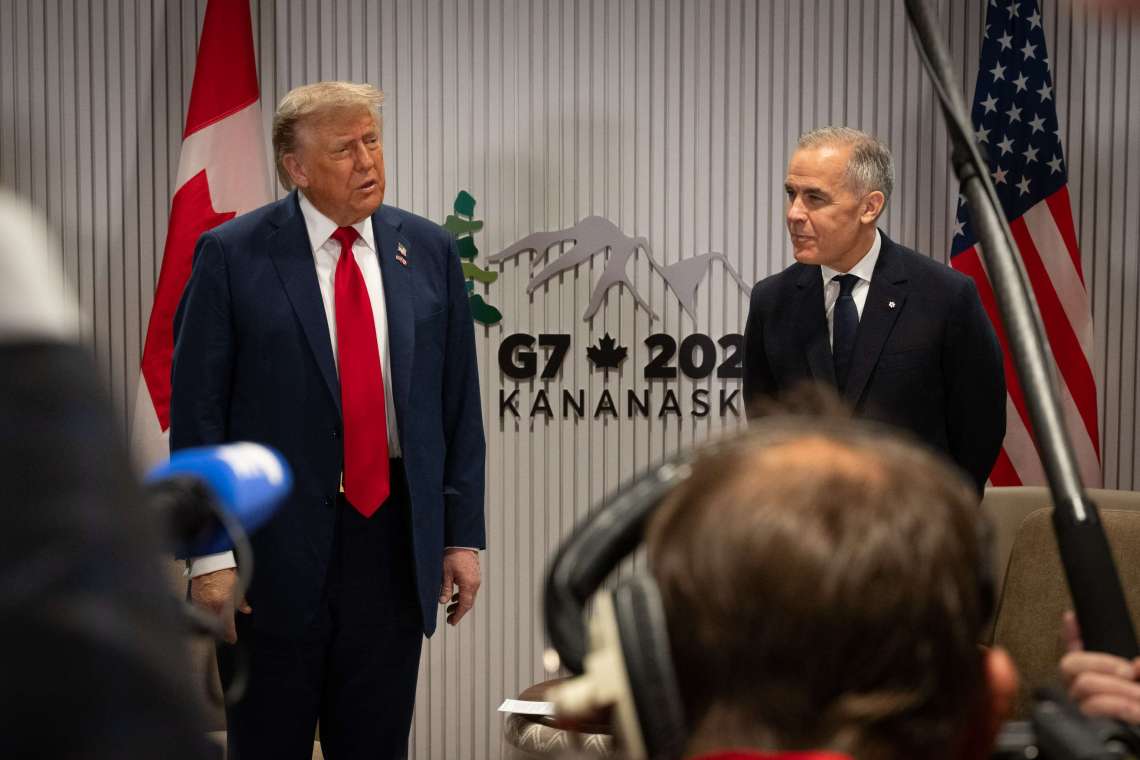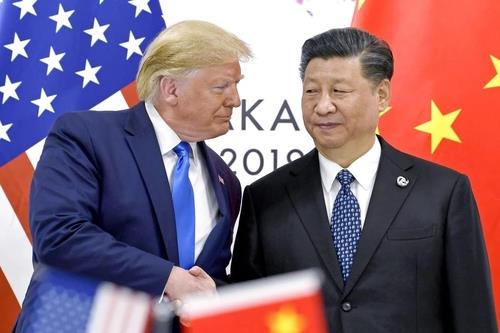The Pentagon says the balloon, which was carrying sensors and surveillance equipment, was maneuverable and showed it could change course…reports Asian Lite News
The massive white orb that drifted across U.S. airspace this week and was shot down by the Air Force over the Atlantic on live television Saturday triggered a diplomatic maelstrom and blew up on social media.
China insists the balloon was just an errant civilian airship used mainly for meteorological research that went off course due to winds and had only limited “self-steering” capabilities. It also issued a threat of “further actions.”
In a statement after the craft was shot down, China’s Ministry of Foreign Affairs said the use of force by the U.S. was “an obvious overreaction and a serious violation of international practice. It added: ”China will resolutely uphold the relevant company’s legitimate rights and interests, and at the same time reserving the right to take further actions in response.”
The United States says it was a Chinese spy balloon without a doubt. Its presence prompted Secretary of State Antony Blinken to cancel a weekend trip to China that was aimed at dialing down tensions that were already high between the countries.
The Pentagon says the balloon, which was carrying sensors and surveillance equipment, was maneuverable and showed it could change course. It loitered over sensitive areas of Montana where nuclear warheads are siloed, leading the military to take actions to prevent it from collecting intelligence.
A U.S. Air Force fighter jet shot down the balloon Saturday afternoon off the Carolina coast. Television footage showed a small explosion, followed by the balloon slowly drifting toward the water. An operation is underway to recover the remnants.
The Pentagon and other U.S. officials say it was a Chinese spy balloon — about the size of three school buses — that moved east over America at an altitude of about 60,000 feet (18,600 meters). The U.S. says it was being used for surveillance and intelligence collection, but officials have provided few details.
U.S. defense and military officials said Saturday that the balloon entered the U.S. air defense zone north of the Aleutian Islands on Jan. 28 and moved over land across Alaska and into Canadian airspace in the Northwest Territories on Jan. 30. The next day it crossed back into U.S. territory over northern Idaho. U.S. officials spoke on condition of anonymity to discuss the sensitive topic.
The White House said Biden was first briefed on the balloon on Tuesday. The State Department said Blinken and Deputy Secretary Wendy Sherman spoke with China’s senior Washington-based official on Wednesday evening about the matter.
In the first public U.S. statement, Brig. Gen. Pat Ryder, the Pentagon press secretary, said Thursday evening that the balloon was not a military or physical threat — an acknowledgement that it was not carrying weapons. He said that “once the balloon was detected, the U.S. government acted immediately to protect against the collection of sensitive information.”
Even if the balloon was not armed, it posed a risk to the U.S., said retired Army Gen. John Ferrari, a visiting fellow at the American Enterprise Institute. The flight itself, he said, could be used to test America’s ability to detect incoming threats and to find holes in the country’s air defense warning system. It may also have allowed the Chinese to sense electromagnetic emissions that higher-altitude satellites cannot detect, such as low-power radio frequencies that could help them understand how different U.S. weapons systems communicate.
On Wednesday as the balloon loitered over Montana, Biden authorized the military to shoot it down as soon as it was in a location where there would not be undue risk to civilians. Due to its massive size and altitude, the debris field of its sensors and the balloon itself was expected to stretch for miles. So, top military and defense leaders advised Biden not to take it down over land, even when it was over sparsely populated areas.
At 2:39 p.m. Saturday, as the balloon flew in U.S. airspace about 6 nautical miles off the coast of South Carolina, a single F-22 fighter jet from Virginia’s Langley Air Force Base — flying at an altitude of 58,000 feet — fired an AIM-9X Sidewinder into it. The Sidewinder is a short-range missile used by the Navy and Air Force primarily for air-to-air engagements, the missile is about 10 feet long and weighs about 200 pounds.
Live news feeds showed the moment of impact, as the balloon collapsed and began a lengthy fall into the Atlantic.
The F-22 was supported by an array of Air Force and Air National Guard fighter jets and tankers, including F-15s from Massachusetts and tanker aircraft from Oregon, Montana, Massachusetts, South Carolina and North Carolina. All pilots returned safely to base and there were no injuries or other damage on the ground, a senior military official told reporters in a Saturday briefing.
As the deflated balloon was slowly drifting down, U.S. Navy vessels had already moved in, waiting to collect the debris.
The Federal Aviation Administration had temporarily closed airspace over the Carolina coast, including the airports in Myrtle Beach and Charleston, South Carolina, and Wilmington, North Carolina. And the FAA and Coast Guard worked to clear the airspace and water below the balloon.
ALSO READ-Japan, Netherlands limit semiconductor export to China














